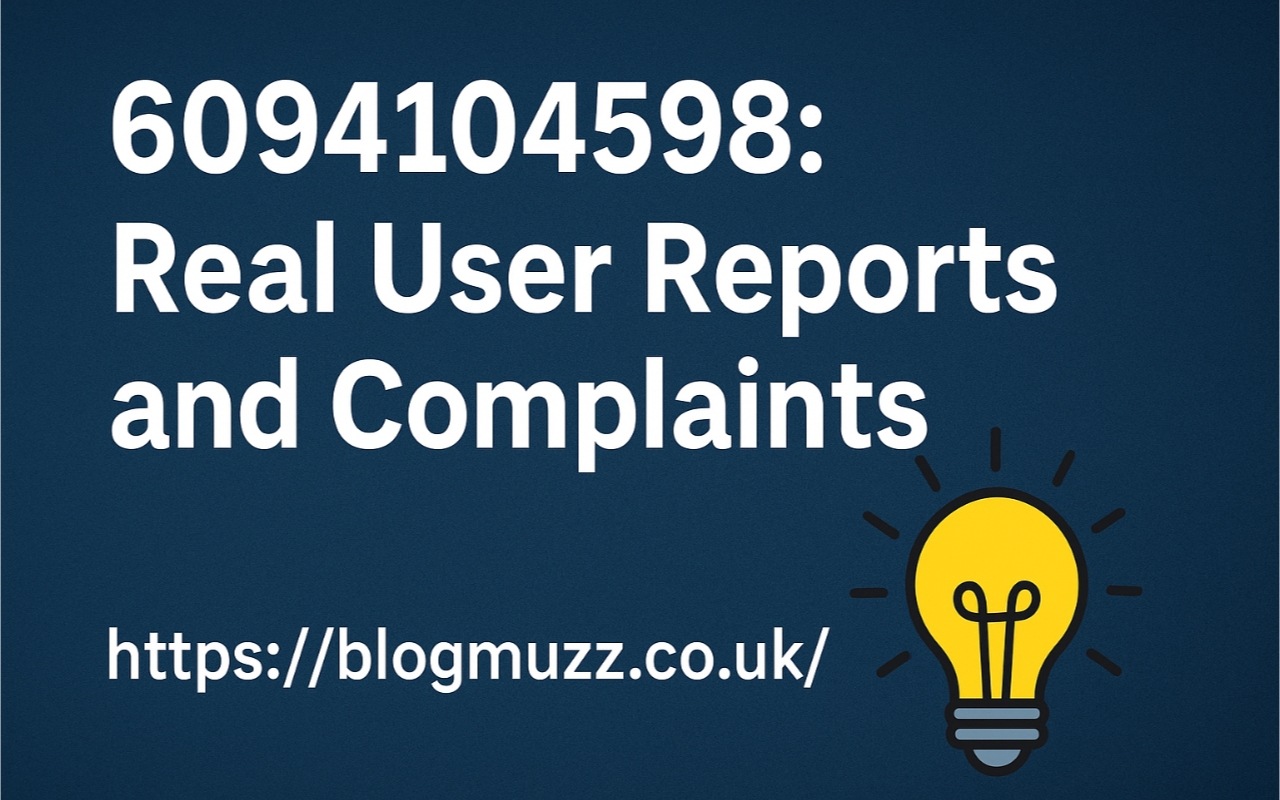In today’s digital world, IP addresses like 185.63.263.20 often appear in system logs, analytics dashboards, or even firewall alerts. While most users overlook them, understanding what an IP address means—and whether it poses any threat—is essential for maintaining cybersecurity. This guide dives deep into what 185.63.263.20 is, how to investigate it, and what steps you can take to determine if it’s safe or suspicious.
What Is 185.63.263.20? Understanding the Basics
Every device connected to the internet is identified by an IP (Internet Protocol) address. 185.63.263.20 is one such address—essentially a numerical label assigned to a specific network interface. IPs function like digital fingerprints, allowing computers, routers, and servers to communicate.
This particular address belongs to the IPv4 format, the most commonly used type of IP address, consisting of four sets of numbers separated by periods. Each segment ranges from 0 to 255, representing network and host identifiers.
When you encounter 185.63.263.20 in your analytics or server logs, it may represent a real visitor, a web crawler, or even a malicious actor scanning for vulnerabilities. The key lies in identifying who owns it and what it’s doing.
Why You Might See 185.63.263.20 in Your Logs
If you manage a website or server, you’ll regularly come across unfamiliar IPs like 185.63.263.20. There are several possible explanations:
- Legitimate Traffic – It could be a user’s computer or a search engine crawler visiting your site.
- Bots and Crawlers – Automated bots routinely scan sites for data, prices, or vulnerabilities.
- Malicious Probing – Hackers use IPs like this to test for weak passwords or outdated software.
- Spam or DDoS Activity – Repeated hits from a single IP may indicate attempts to overwhelm your server.
By analyzing the pattern and behavior of 185.63.263.20, you can usually determine whether it’s benign or harmful.
How to Perform an IP Lookup on 185.63.263.20
One of the first steps in investigating any unknown IP address is conducting a lookup. This process reveals details such as geographic location, ISP (Internet Service Provider), and sometimes the organization behind the IP.
You can use free tools such as:
- Whois Lookup (e.g., whois.domaintools.com)
- IPinfo.io or iplocation.net
- AbuseIPDB (for reports of malicious behavior)
- VirusTotal (for reputation analysis)
These tools will show where 185.63.263.20 is registered, helping you identify if it belongs to a legitimate hosting company, data center, or a known malicious network.
For instance, if you find that the IP originates from a reputable provider in Europe or North America, it might simply be part of normal web traffic. However, if the lookup reveals association with blacklisted or high-risk networks, caution is warranted.
Checking 185.63.263.20 for Security Risks
Once you’ve identified the general source, the next step is to assess the safety and reputation of 185.63.263.20. Here’s how to do that effectively:
1. Use Threat Intelligence Databases
Websites like AbuseIPDB, Project Honey Pot, and AlienVault OTX compile community-reported data on malicious IPs. Searching for 185.63.263.20 there can show whether it’s been flagged for spam, hacking attempts, or brute-force attacks.
2. Scan for Open Ports
Tools such as Nmap or Shodan can help identify open ports or services running on the IP. Open ports aren’t inherently bad, but if vulnerable services (like outdated FTP or Telnet) are detected, that’s a red flag.
3. Monitor Server Access Logs
If your server records multiple failed login attempts, unusual POST requests, or rapid repeated connections from 185.63.263.20, that activity may be suspicious. Pattern recognition over time is key.
4. Run a Reverse DNS Lookup
A reverse DNS lookup translates an IP into its domain name (if available). If 185.63.263.20 points to a known legitimate domain, it’s more likely to be safe. If it returns nothing—or a string of random characters—it may indicate a bot or compromised host.
What to Do If 185.63.263.20 Seems Suspicious
If your investigation reveals that 185.63.263.20 is potentially malicious, there are several steps you can take to protect your systems:
- Block the IP Address – Add 185.63.263.20 to your firewall or
.htaccessblock list to prevent further access. - Report It – Submit the IP to security databases such as AbuseIPDB so others can be alerted.
- Monitor for Related IPs – Malicious actors often use clusters of similar IPs. Watch for sequential addresses (e.g., 185.63.263.21, 185.63.263.22).
- Harden Your System – Ensure your CMS, plugins, and server software are updated.
- Check for Data Breaches – Review access logs to confirm no unauthorized data downloads occurred.
Blocking alone isn’t always enough; you must also ensure the system isn’t already compromised.
How Cybercriminals Use IPs Like 185.63.263.20
Cyber attackers frequently mask their identity behind random IP addresses. Some of the most common malicious uses include:
- Brute-Force Attacks: Automated bots try thousands of password combinations to access login panels.
- DDoS (Distributed Denial of Service): Multiple IPs flood a server with traffic to knock it offline.
- Web Scraping: Competitors or spammers extract data like email addresses or product prices.
- Phishing or Malware Distribution: Servers tied to IPs like 185.63.263.20 may host fake pages or payloads.
These attacks often originate from botnets—networks of infected computers controlled by cybercriminals. Even if 185.63.263.20 belongs to a legitimate user, their device might have been hijacked to perform these activities.
The Role of Geolocation in IP Analysis
Geolocation plays a vital role in assessing whether an IP address is trustworthy. Tools that analyze 185.63.263.20 can pinpoint its approximate region or data center. If your website primarily serves users from Asia and you suddenly see multiple connections from Eastern Europe, that anomaly could indicate automated scanning.
However, keep in mind that geolocation isn’t always accurate. Many attackers use VPNs, proxy servers, or Tor nodes to disguise their true location. Therefore, while location data can help, it should be combined with behavioral analysis for a more accurate risk assessment.
Legal and Ethical Considerations When Investigating 185.63.263.20
When performing your analysis, it’s crucial to stay within legal boundaries. Scanning or probing someone else’s IP address without permission can violate cybersecurity laws in certain jurisdictions. The safest approach is to use public data and passive tools that don’t directly interact with the target server.
Avoid running intrusive scans or attempting to connect to 185.63.263.20 unless you have legitimate authorization. Instead, rely on open-source intelligence (OSINT) and reputation databases. Ethical investigation ensures you gather valuable information without crossing legal or privacy lines.
Preventive Steps to Secure Your Network
Even if 185.63.263.20 turns out to be harmless, the process of investigating it underscores the importance of good cybersecurity hygiene. Consider adopting the following practices to prevent threats from similar IPs in the future:
- Install a Web Application Firewall (WAF) – Filters out malicious traffic before it reaches your server.
- Enable Rate Limiting – Prevents a single IP from making too many requests in a short time.
- Keep Software Updated – Outdated systems are prime targets for attackers.
- Use Strong Passwords and 2FA – Protects admin panels from brute-force attempts.
- Monitor Logs Regularly – Early detection of suspicious IPs minimizes potential damage.
- Implement Intrusion Detection Systems (IDS) – Alerts you to anomalies or attacks in real time.
Proactive defense is always more effective (and less costly) than reactive cleanup after a breach.
How Businesses Can Respond to IP-Based Threats Like 185.63.263.20
For organizations managing customer data or e-commerce platforms, identifying and responding to malicious IPs like 185.63.263.20 is mission-critical. Businesses should:
- Create an Incident Response Plan – Define clear steps for when suspicious IPs are detected.
- Leverage Security Information and Event Management (SIEM) tools – These systems centralize log data and apply AI-driven threat detection.
- Collaborate With ISPs and CERTs – Reporting threats helps prevent broader attacks across networks.
- Educate Employees – Many breaches start with phishing; awareness is key.
By turning IP monitoring into a routine part of your security strategy, you reduce the risk of data loss and downtime.
When 185.63.263.20 Might Be Harmless
Not every unknown IP is an enemy. Sometimes, 185.63.263.20 may be tied to:
- A content delivery network (CDN) node caching your content.
- Search engine bots such as Google, Bing, or Yandex verifying site structure.
- A VPN user simply browsing anonymously.
The difference lies in the pattern of behavior—legitimate services respect robots.txt files, follow rate limits, and don’t attempt unauthorized access. Suspicious entities, on the other hand, act aggressively or erratically. Observing these nuances helps you respond appropriately.
How to Automate IP Reputation Checks
If you frequently manage servers or websites, manually checking every IP like 185.63.263.20 is impractical. Automation tools and APIs can make this process easier. Examples include:
- Fail2Ban: Automatically bans IPs after repeated failed login attempts.
- AbuseIPDB API: Allows automatic submission and lookup of malicious IPs.
- Cloudflare Security: Provides real-time bot mitigation and IP reputation analysis.
- SIEM Integrations: Aggregate logs from multiple systems to flag threats.
Setting up automated workflows ensures immediate action against harmful addresses while freeing up your time for other administrative tasks.
Conclusion: Should You Worry About 185.63.263.20?
Encountering 185.63.263.20 in your server logs doesn’t automatically mean trouble—but it’s a reminder to stay vigilant. By running proper lookups, checking reputation databases, and monitoring activity patterns, you can confidently determine whether this IP is safe or suspicious.
In the ever-evolving landscape of cybersecurity, information is power. Understanding how to analyze IP addresses like 185.63.263.20 helps protect your website, data, and reputation from potential threats. Whether you’re a business owner, IT administrator, or casual webmaster, taking a few minutes to investigate unfamiliar IPs can make a world of difference in keeping your systems secure.



